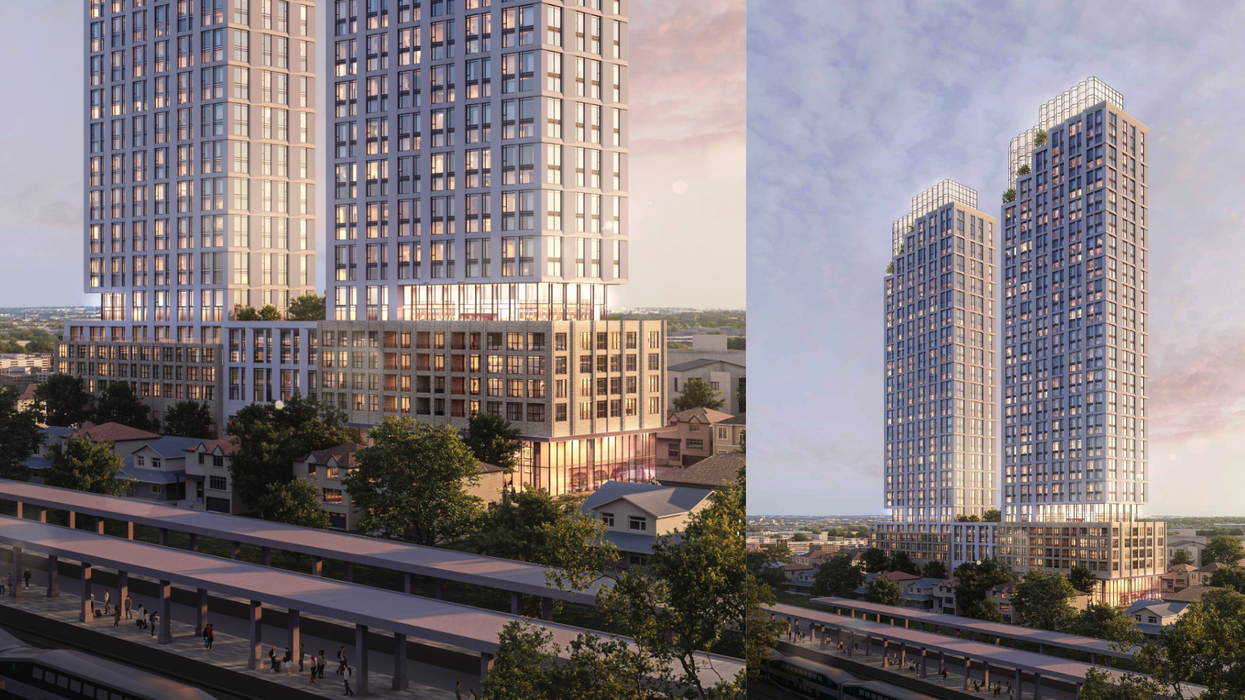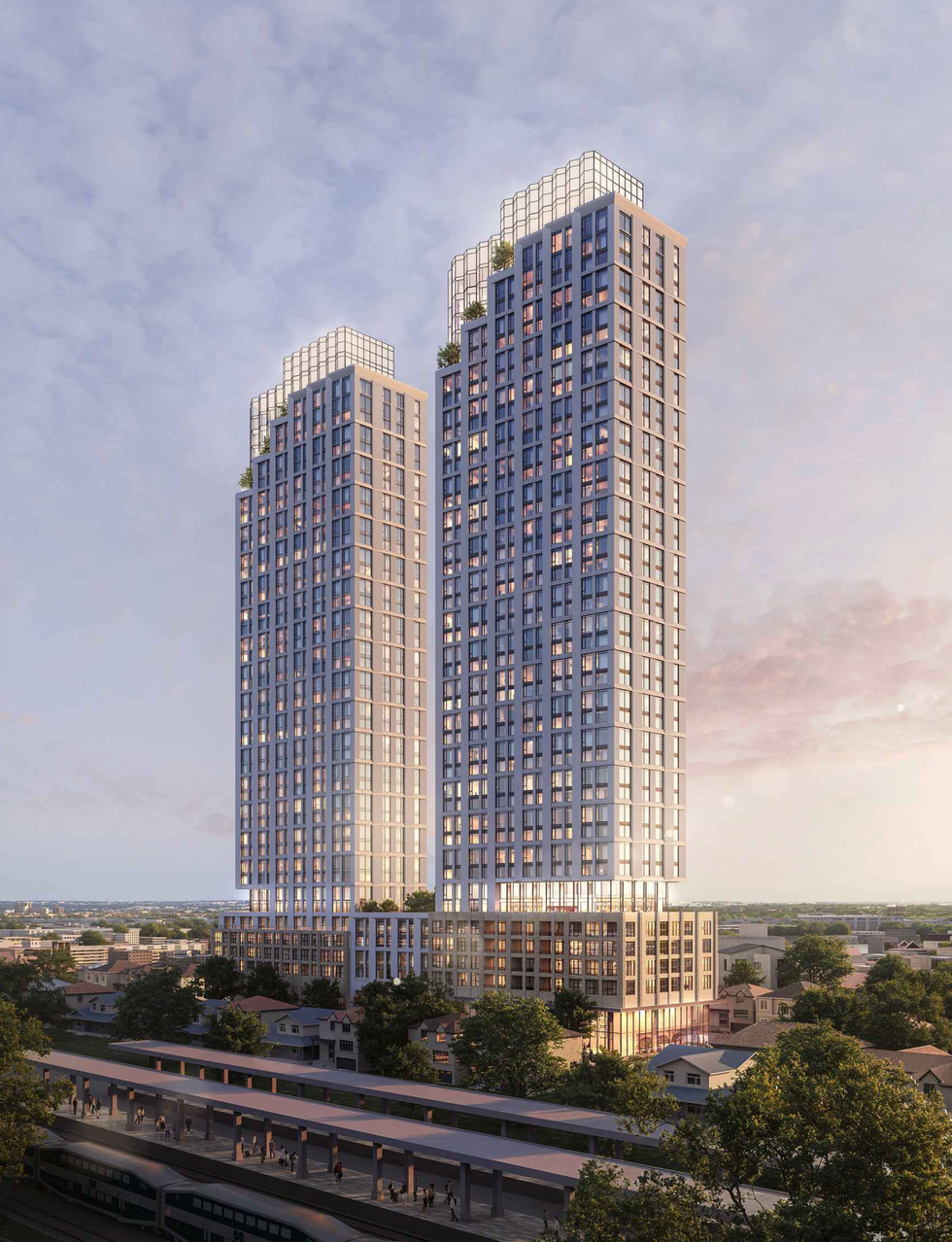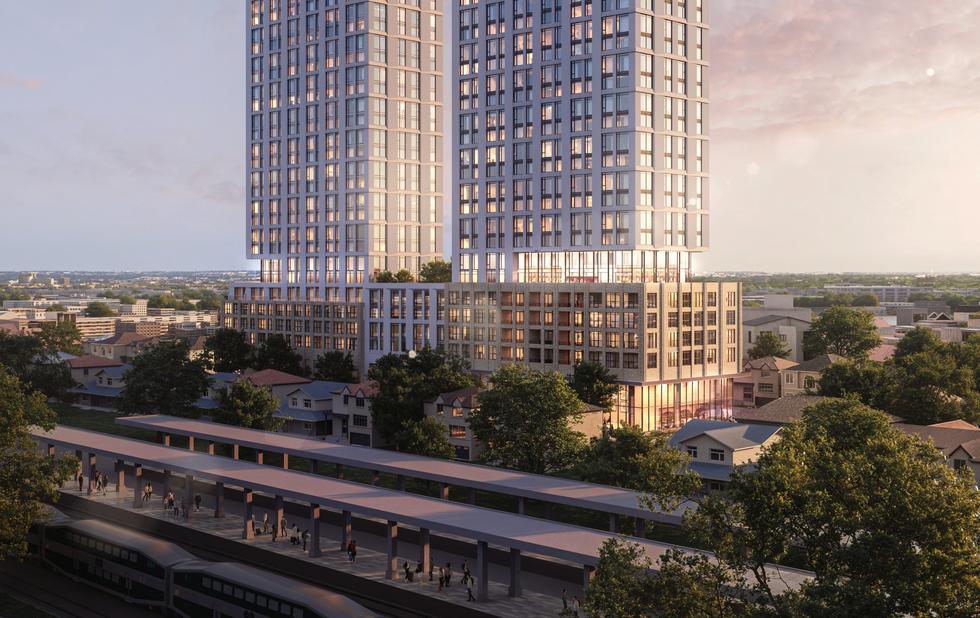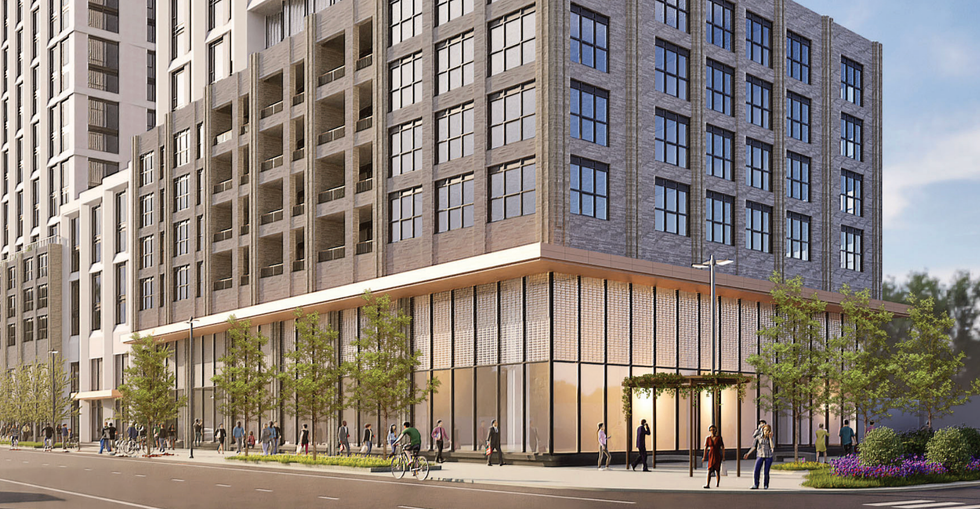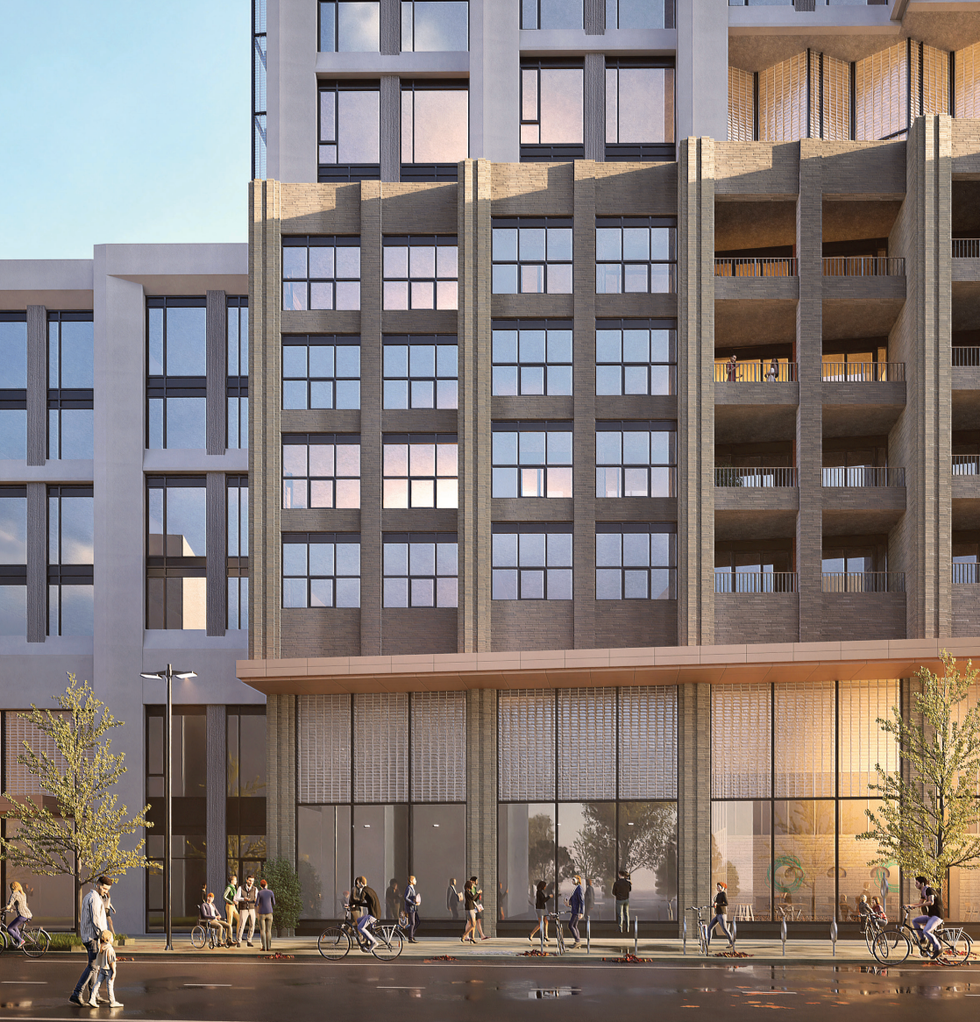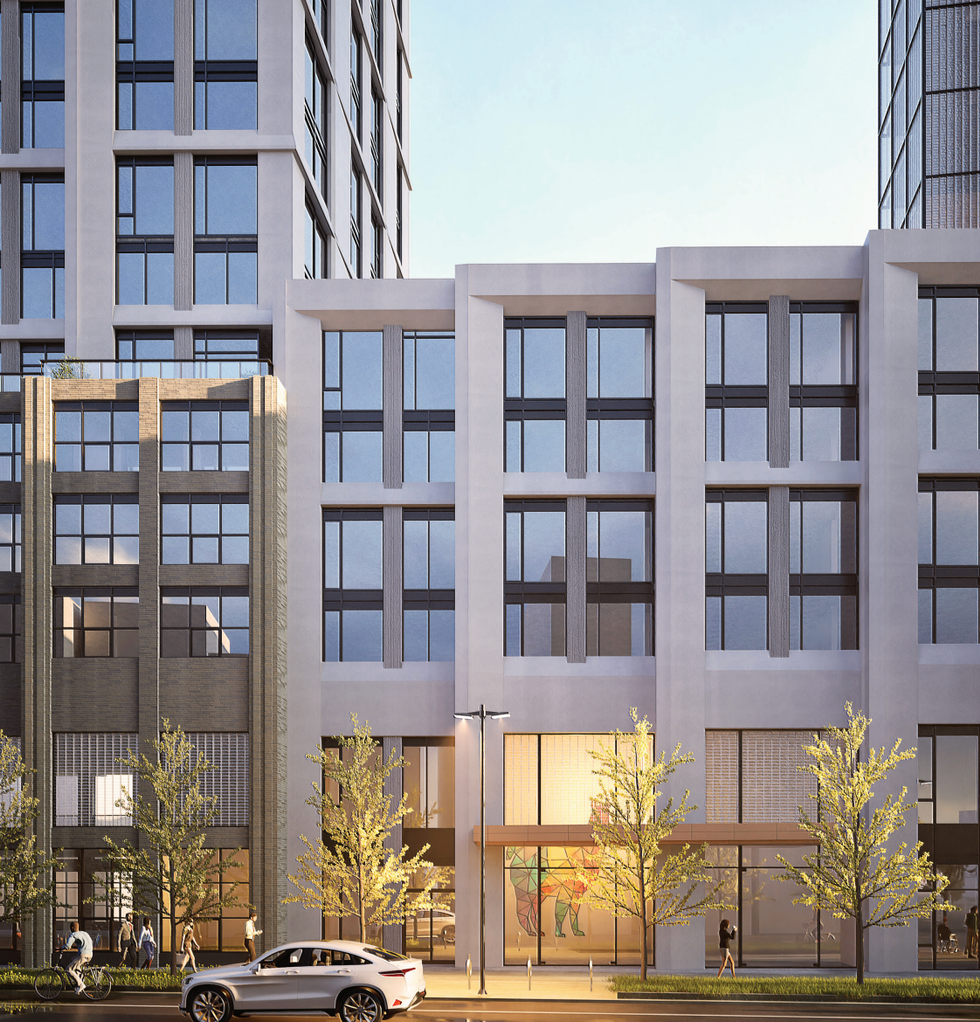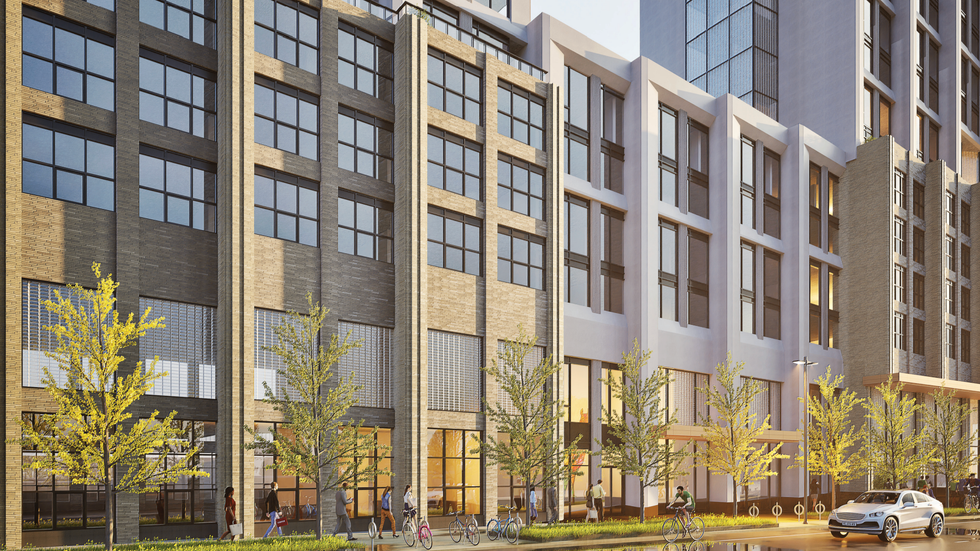Blended Rate
Understand how blended mortgage rates work in Canada, when they apply, and how they help homeowners refinance or borrow more without breaking their mortgage.

May 22, 2025
What is a Blended Rater?
A blended rate is an interest rate that combines the rate from an existing mortgage with the rate of a new mortgage when refinancing or increasing the loan amount.
Why Blended Rates Matter in Real Estate
In Canada, lenders use blended rates when a borrower wants to access more funds mid-term—typically through refinancing, porting, or adding to their mortgage. Rather than paying a prepayment penalty to break the mortgage, a blended rate allows borrowers to combine rates.
Blended rates are calculated using:
- The current interest rate on the existing mortgage
- The new rate being offered
- The proportion of each mortgage amount
- Avoid prepayment penalties
- Access equity for renovations or investments
- Maintain flexibility while locking in new funds
Example of a Blended Rate
A homeowner with a $300,000 mortgage at 2.8% blends in $100,000 at a new 5.2% rate, resulting in a combined rate of 3.5% without breaking their mortgage.
Key Takeaways
- Combines old and new mortgage rates.
- Used to avoid penalties during refinancing.
- Helpful for borrowing additional funds.
- Terms vary by lender.
- Should be compared with full cost analysis.
Related Terms
- Refinance
- Porting
- Mortgage Term
- Prepayment Penalty
- Interest Rate
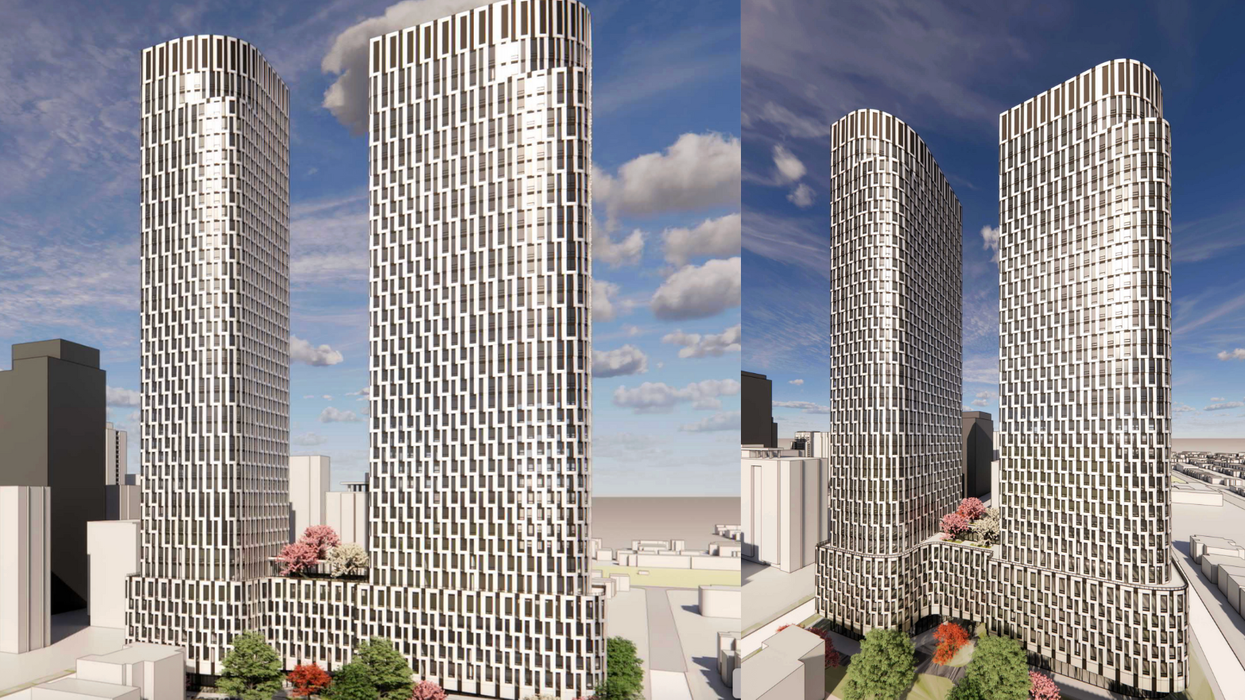
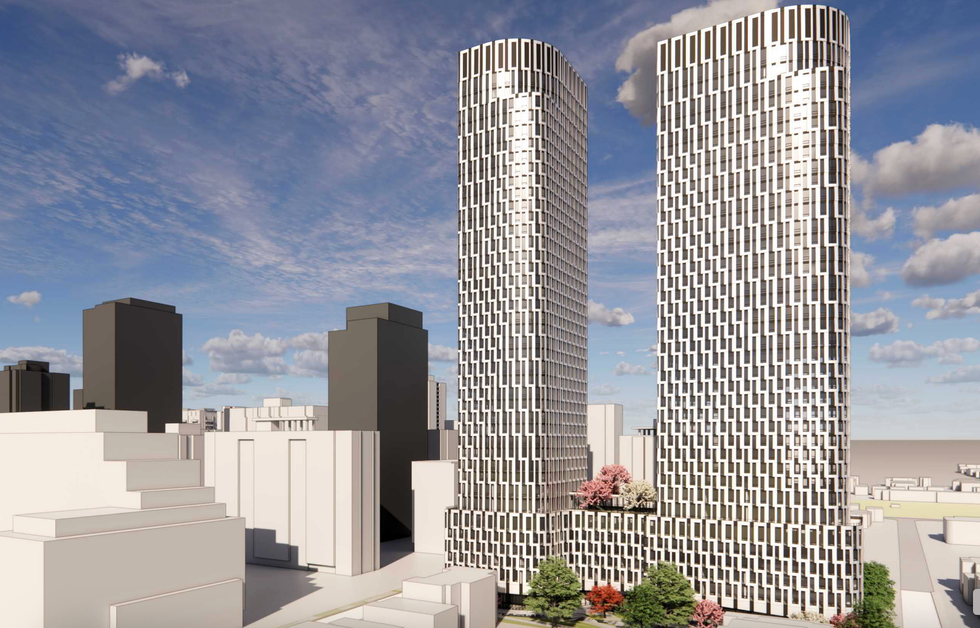

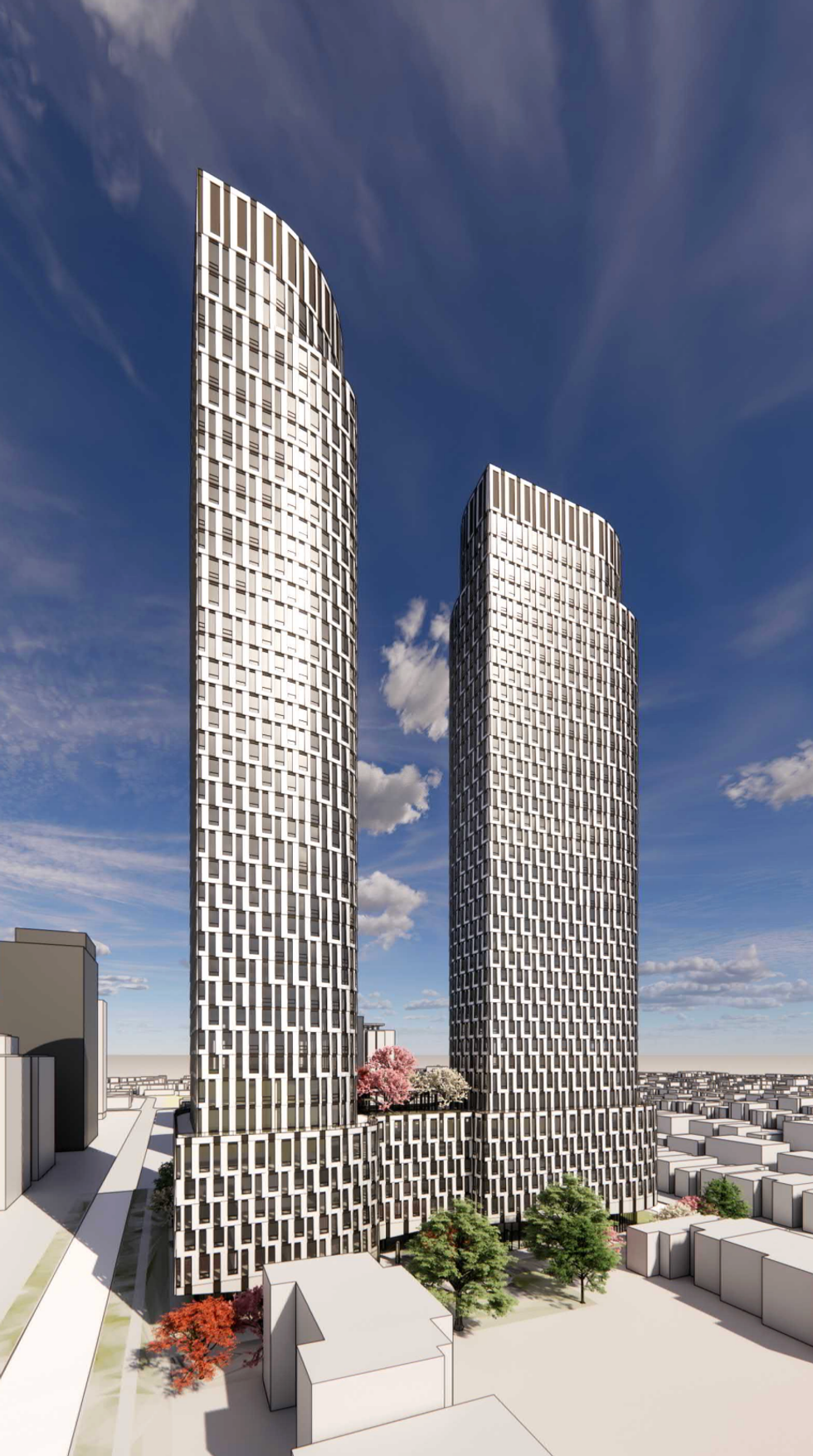
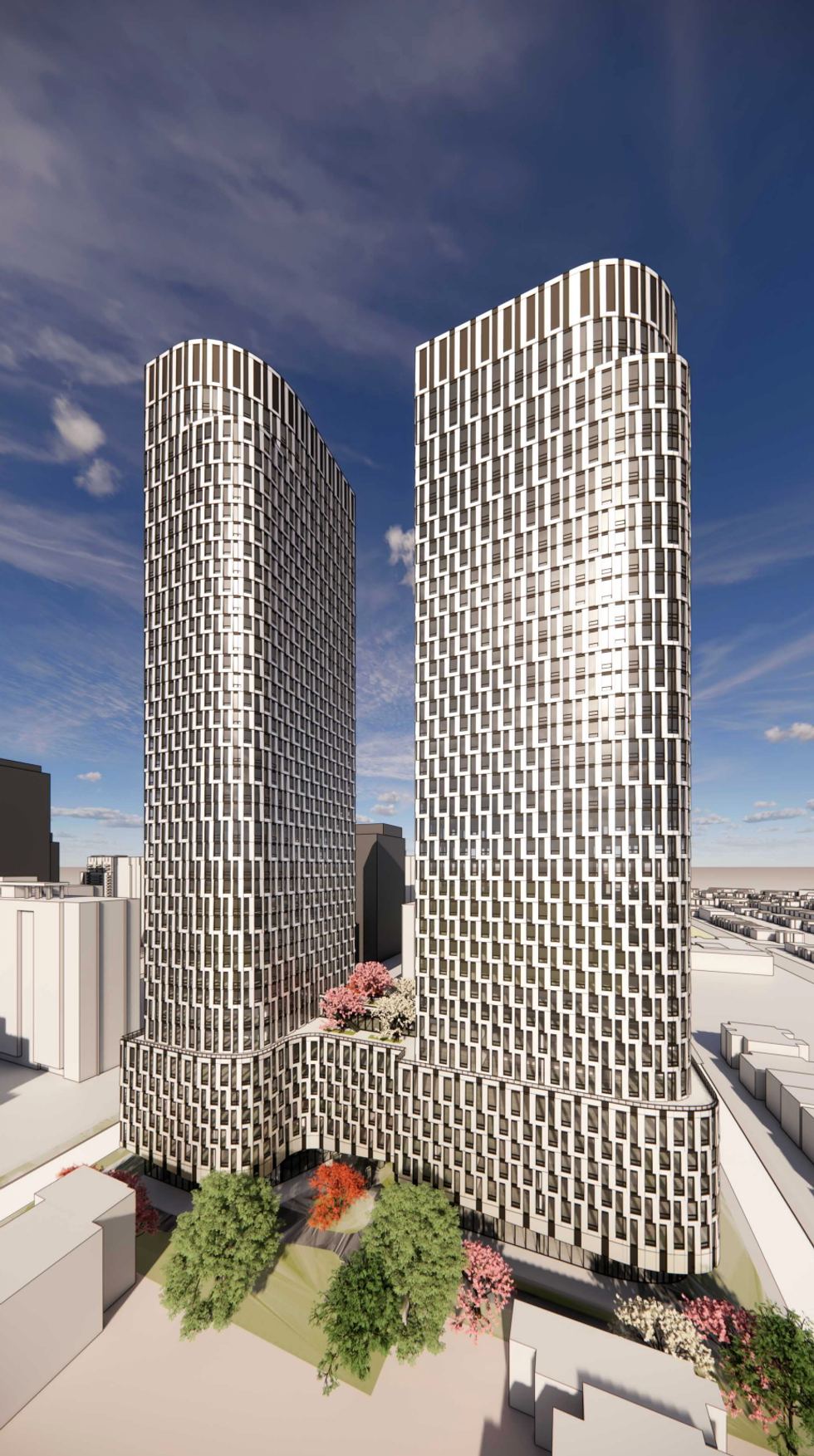
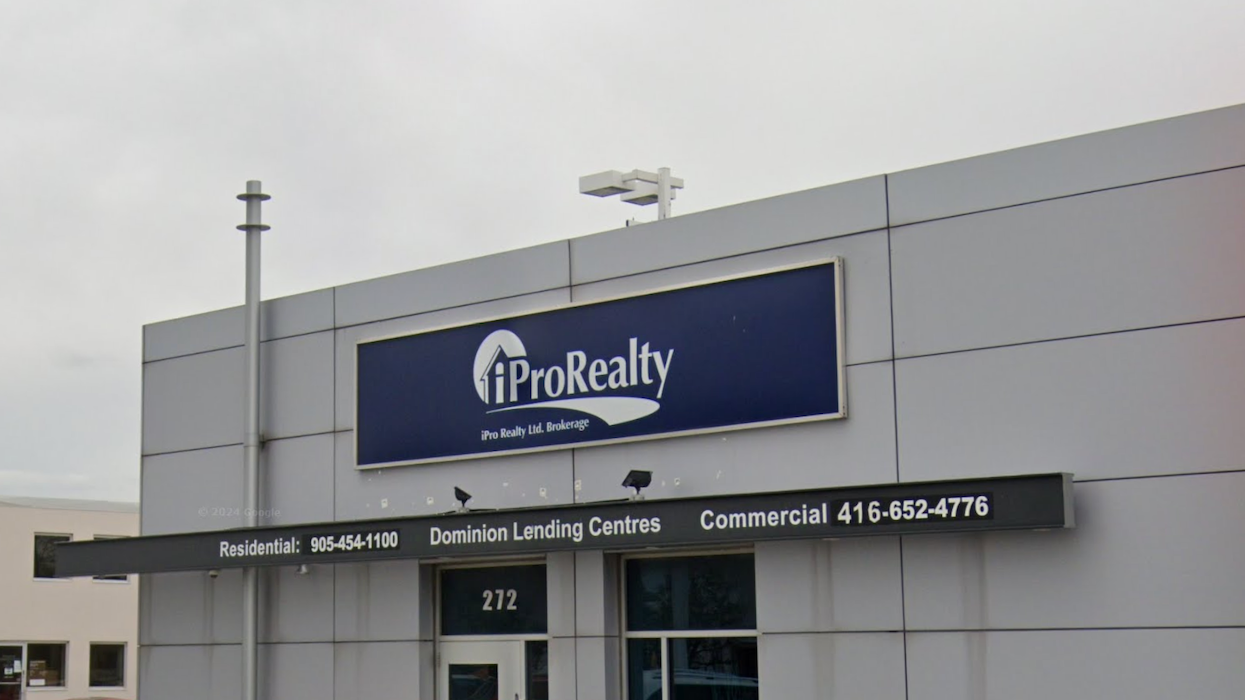
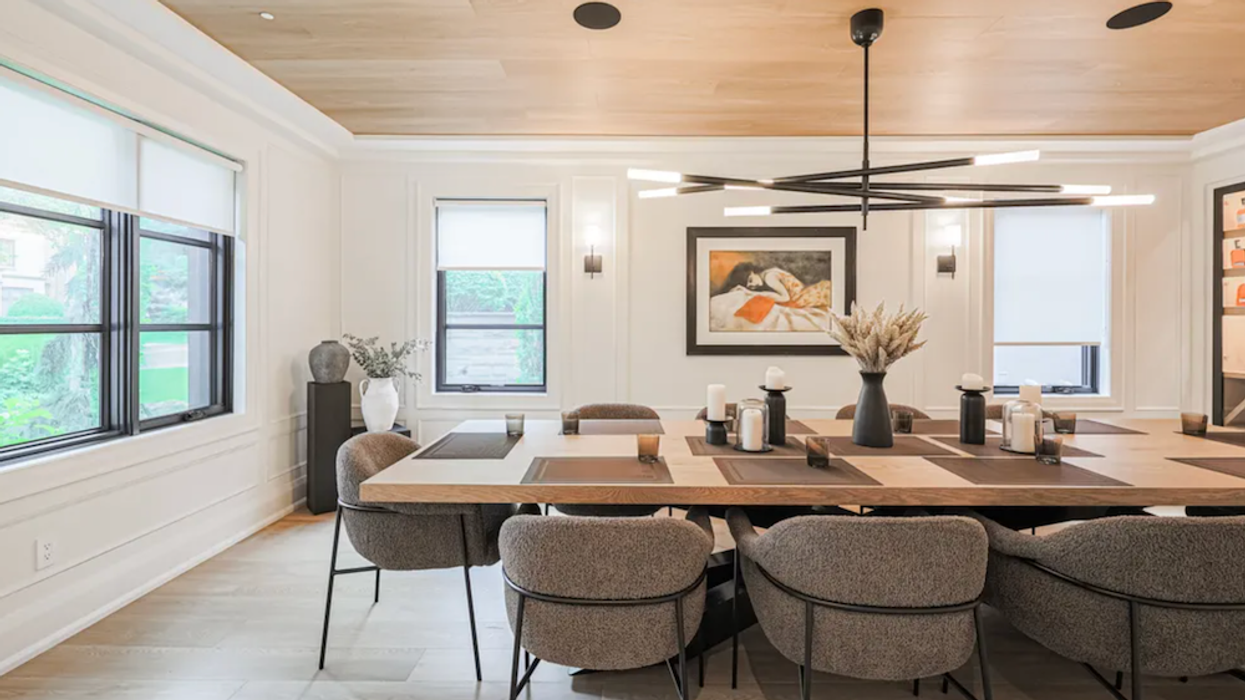
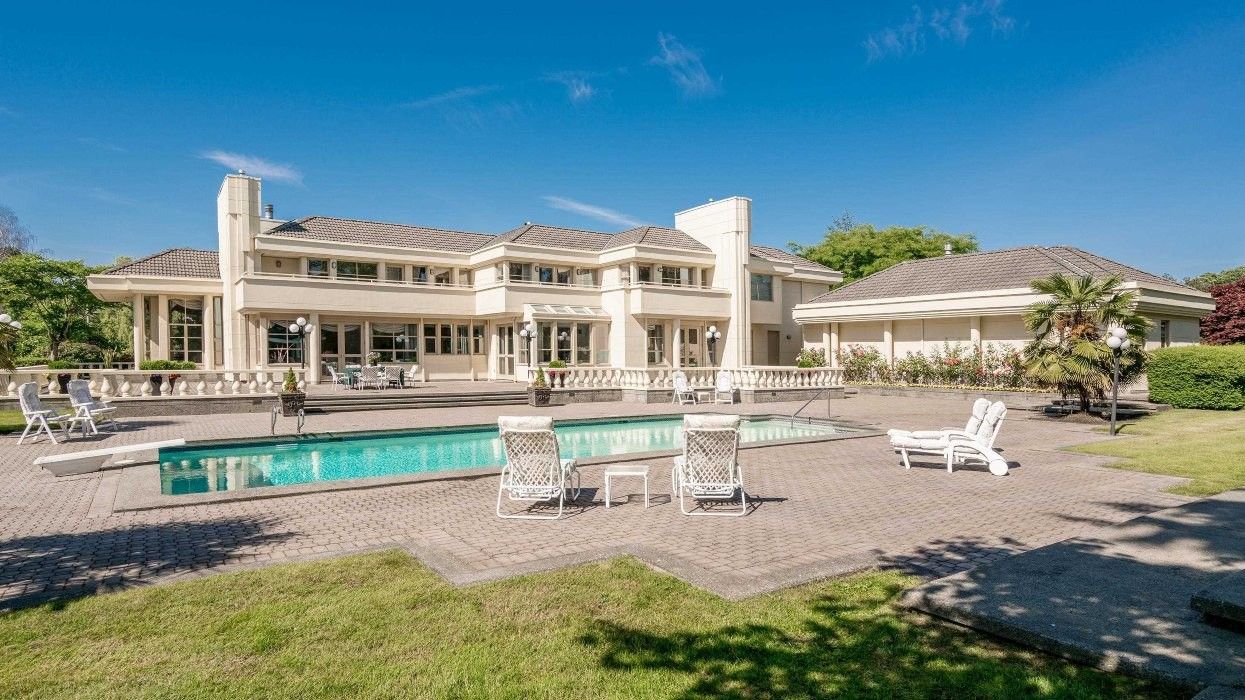

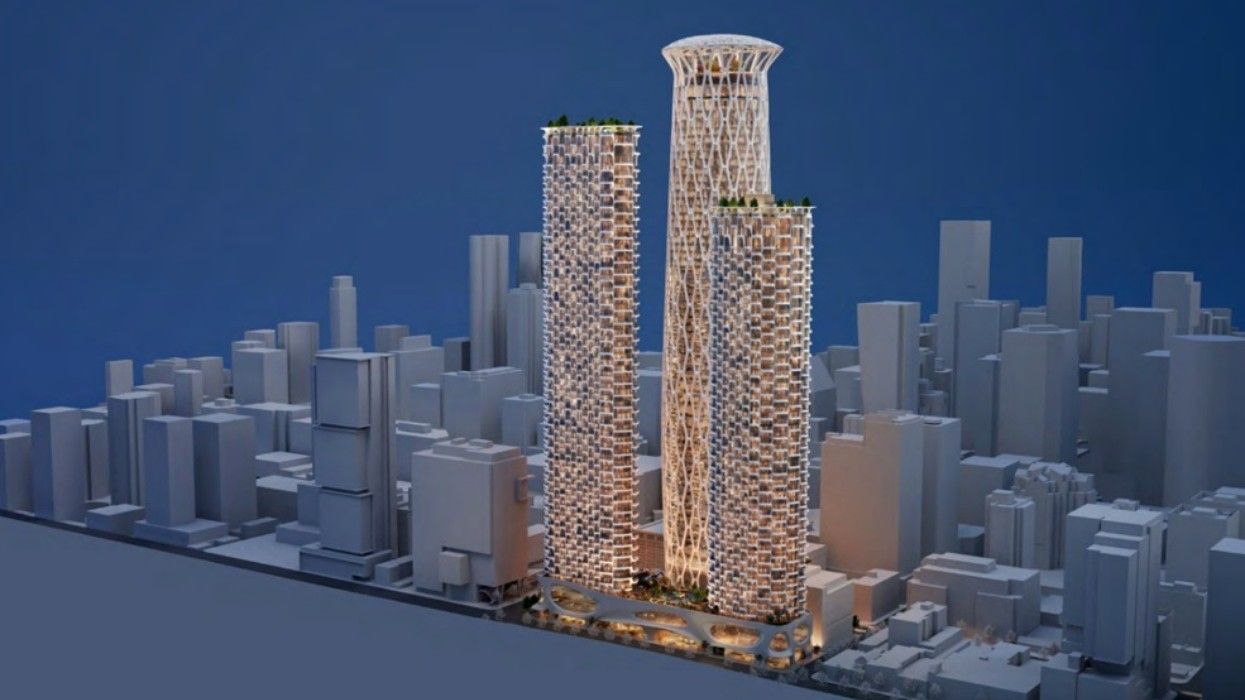
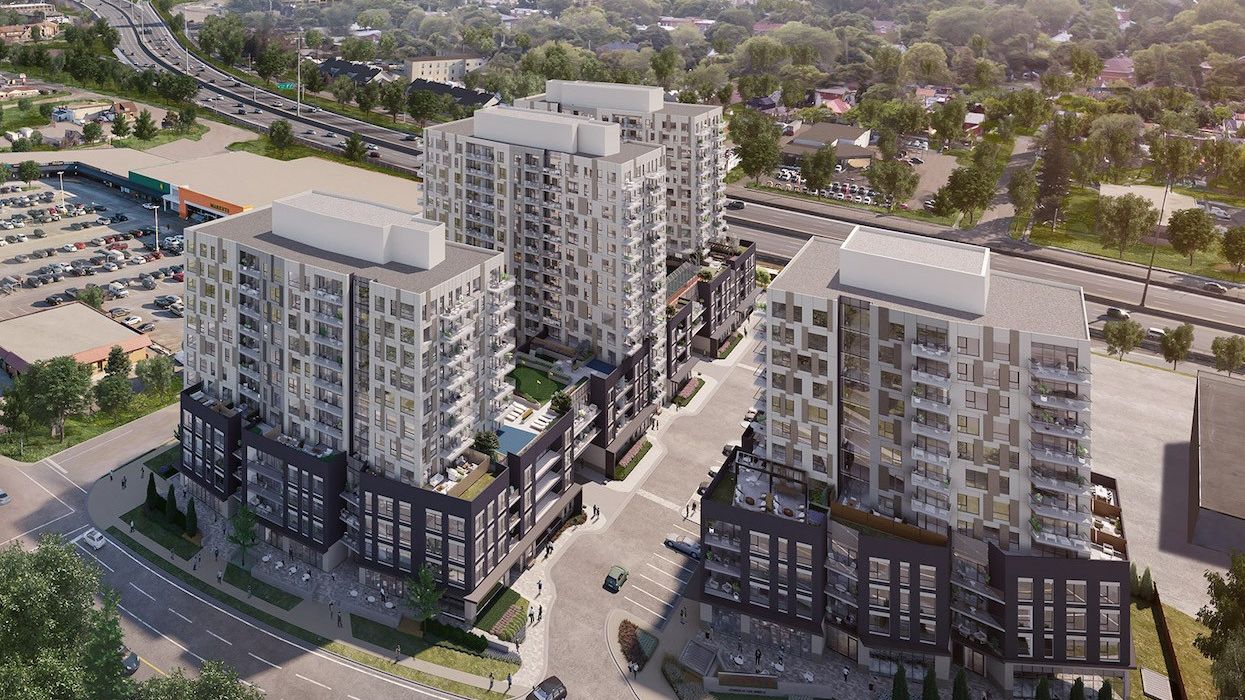

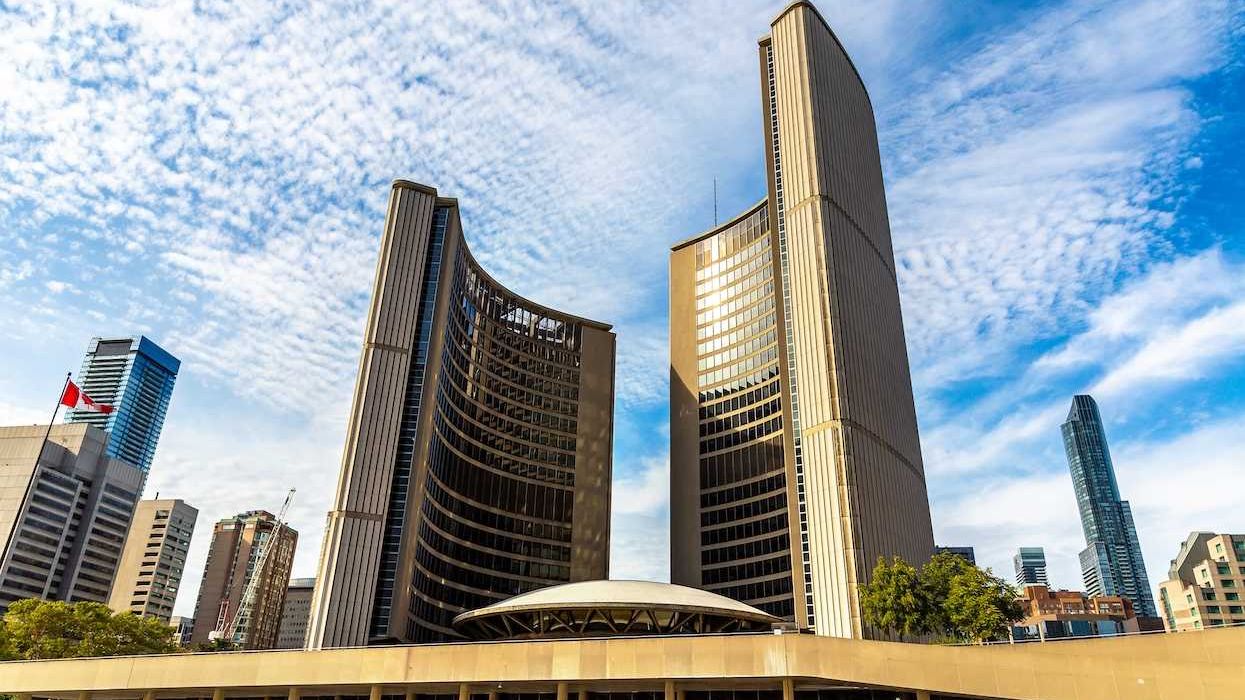
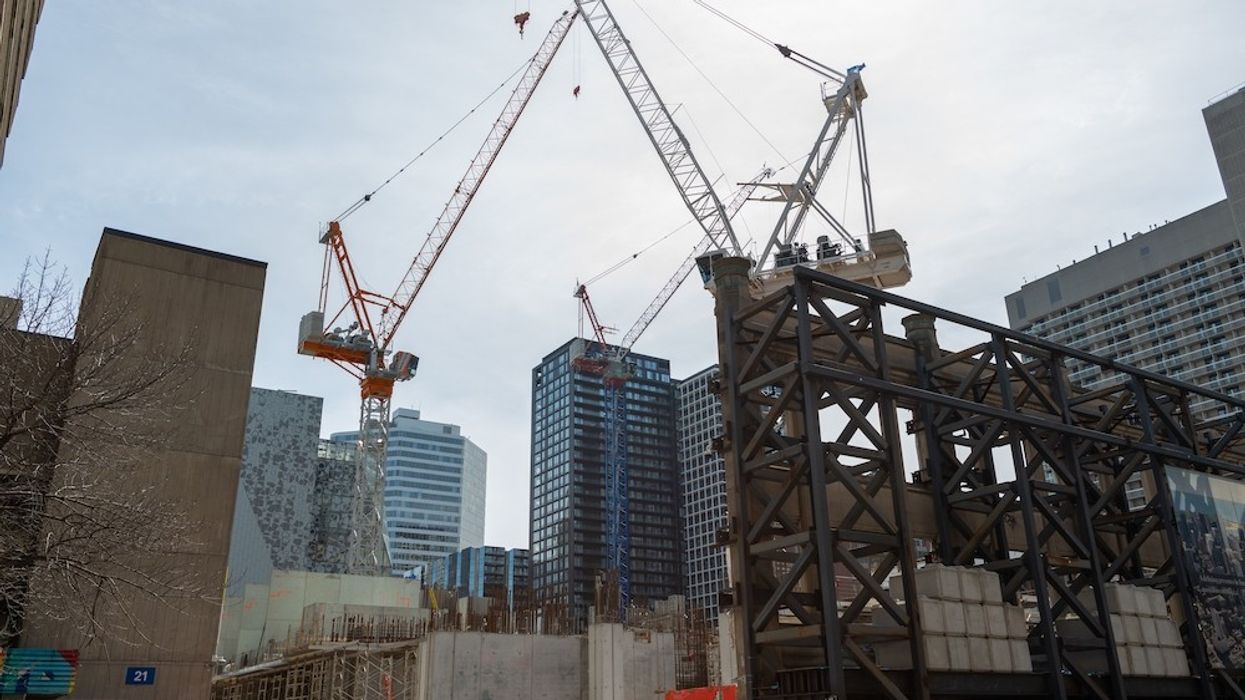
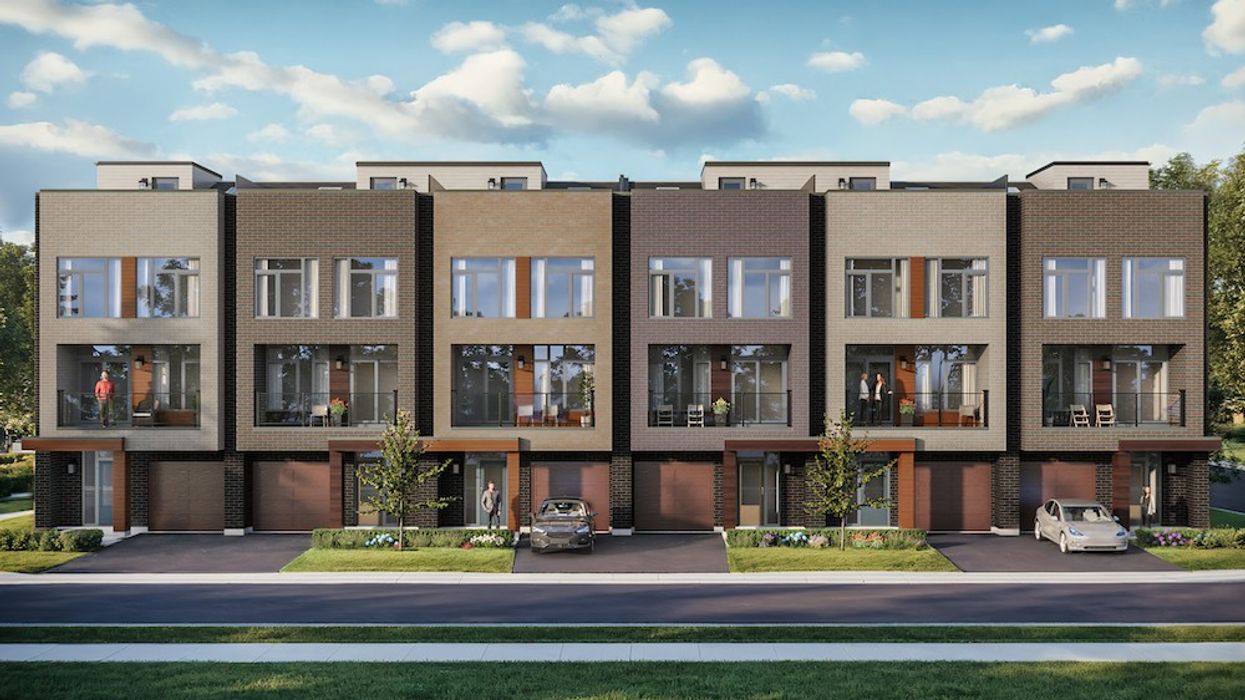
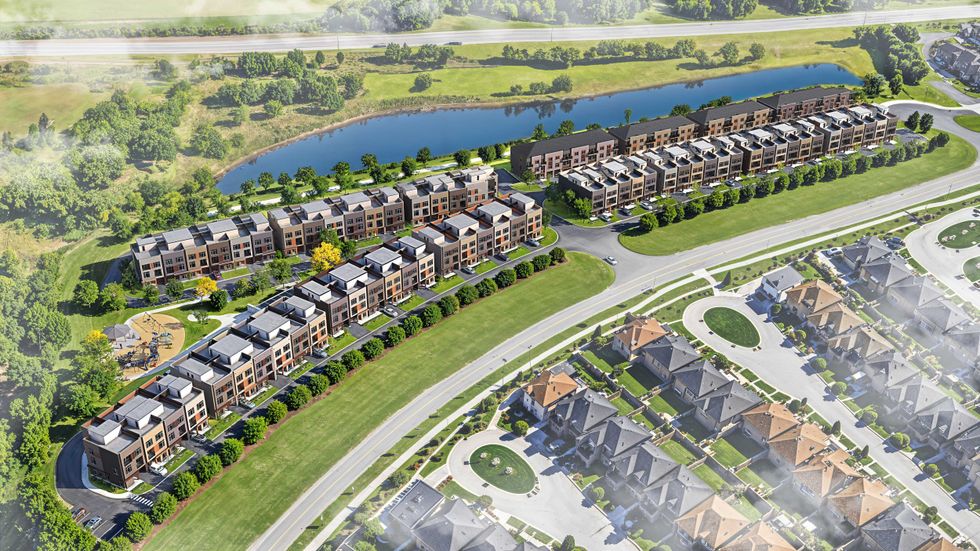 Camcos Living
Camcos Living Shutterstock
Shutterstock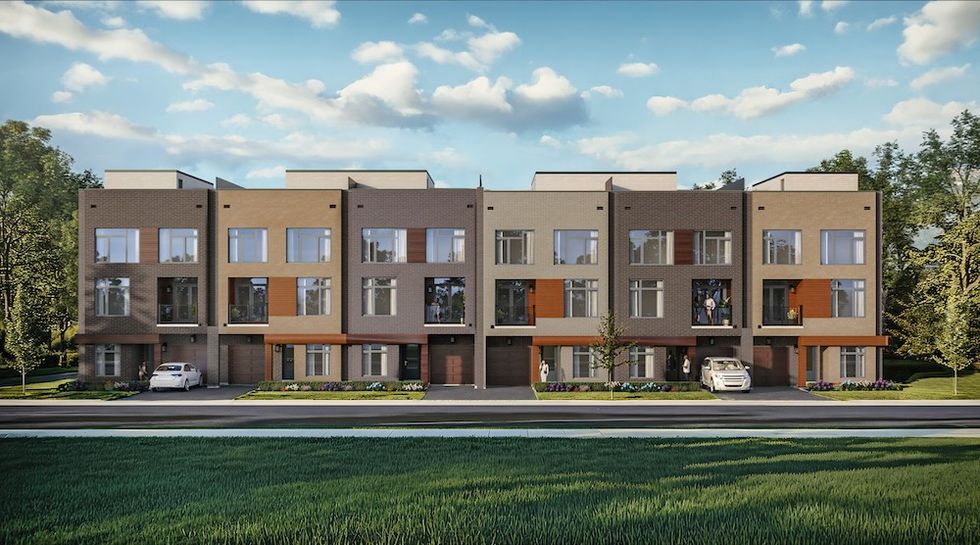 Little Rouge Block G/Camcos
Little Rouge Block G/Camcos Camcos Living
Camcos Living Camcos Living
Camcos Living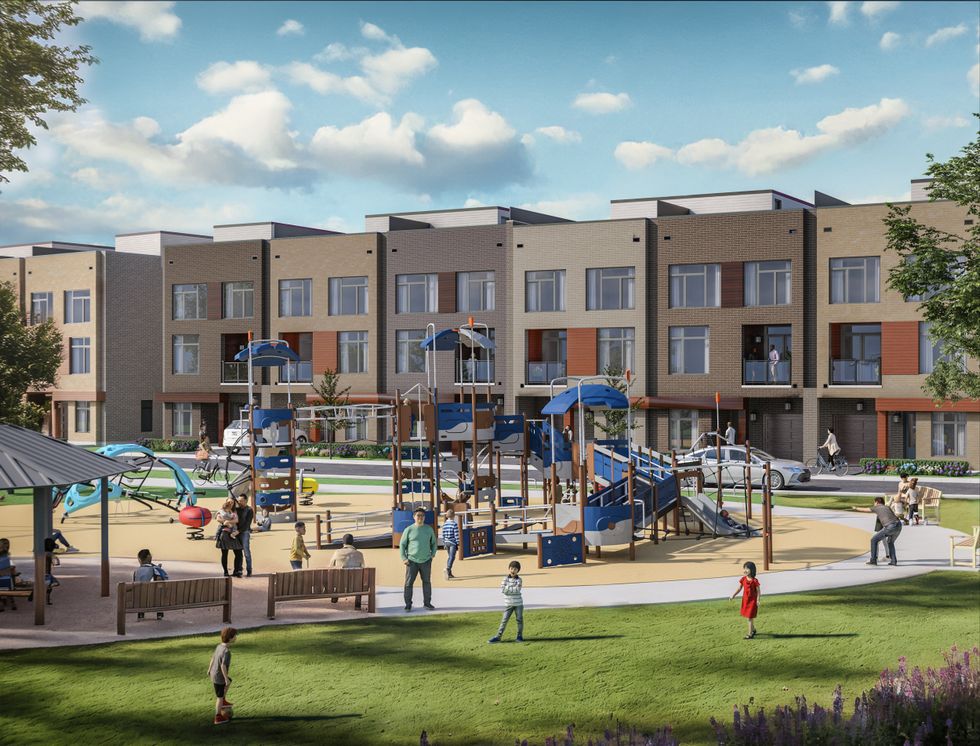 Camcos
Camcos
